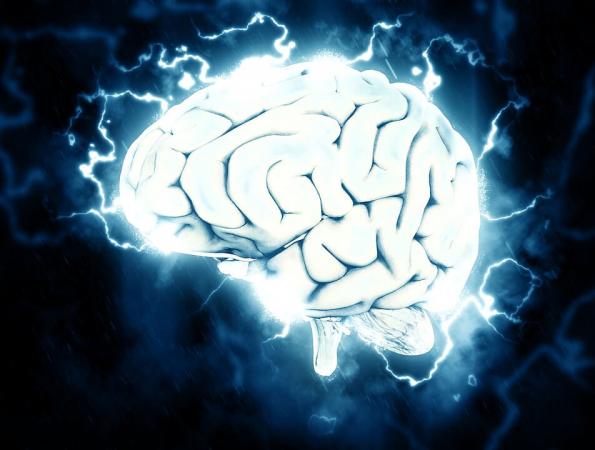
Semantic memory is the type of memory that allows you to know about the world around you. It is a long term memory. It is through this memory that you get to remember the facts that you are learning and tested on. Examples of this type of memory include knowing what an object is, the name of a color, or knowing the name of a president.
This type of memory is very critical because it provides us with a mental dictionary that organizes words, symbols, and concepts that we store in our entire life. It also enables us to identify and interpret things around us quickly and easily.
Semantic memory also very critical for children and students because it is the type of memory that stores what they have learned. It is also important for people in the workforce because they need to know the basic information to carry out their jobs.
There are various ways that one can improve their memory. The following are some of the exercises to improve your semantic memory.
1. Practice the use of cognitive strategies
It is crucial to practice the use of cognitive strategies. As humans, one of the main cognitive skills is to easily recall words from our vocabulary. Without these skills, we would forget words easily. It is normal to forget the exact word that you want to say, but if it happens often, then it may indicate that you have a poor semantic memory.
Cognitive skills are brain brain-based skills that we need in order to carry out any task from the simplest to the most complex. The skills include the ability to learn, remember, solve a problem, and pay attention. These cognitive skills are supported by certain neuronal networks. For example, memory relies primarily on parts of the temporal lobes and parts of the frontal lobes.
2. Take note of what’s going on around you
When it comes to improving your semantic memory, remembering what is going around you is critical. One of the best ways to improve it is to remember a series of words and increase the amount and difficulty of the word. For instance, you can try to remember all the 50 states in the United States and their capitals.
3. Travel the world and learn a new language
Learning a new language requires one to expand and learn new vocabulary, new grammar rules, and even a new sentence. The semantic memory is used and strengthened when you learn a new language. Traveling to new places and learning a new culture can also assist you in finding ways to do some things. For instance, if you visit a place which has a different culture regarding how they eat, raise their children differently, or do other things differently from you, these new ideas can help you to adapt to certain situations when you are back in your home country.
4. Through Elaborate Rehearsal
Elaborate rehearsal is more efficient for improving semantic memory. It involves creating an image to associate with the new memory. You can also relate it to previous knowledge, take notes while reading, or listen to information.


